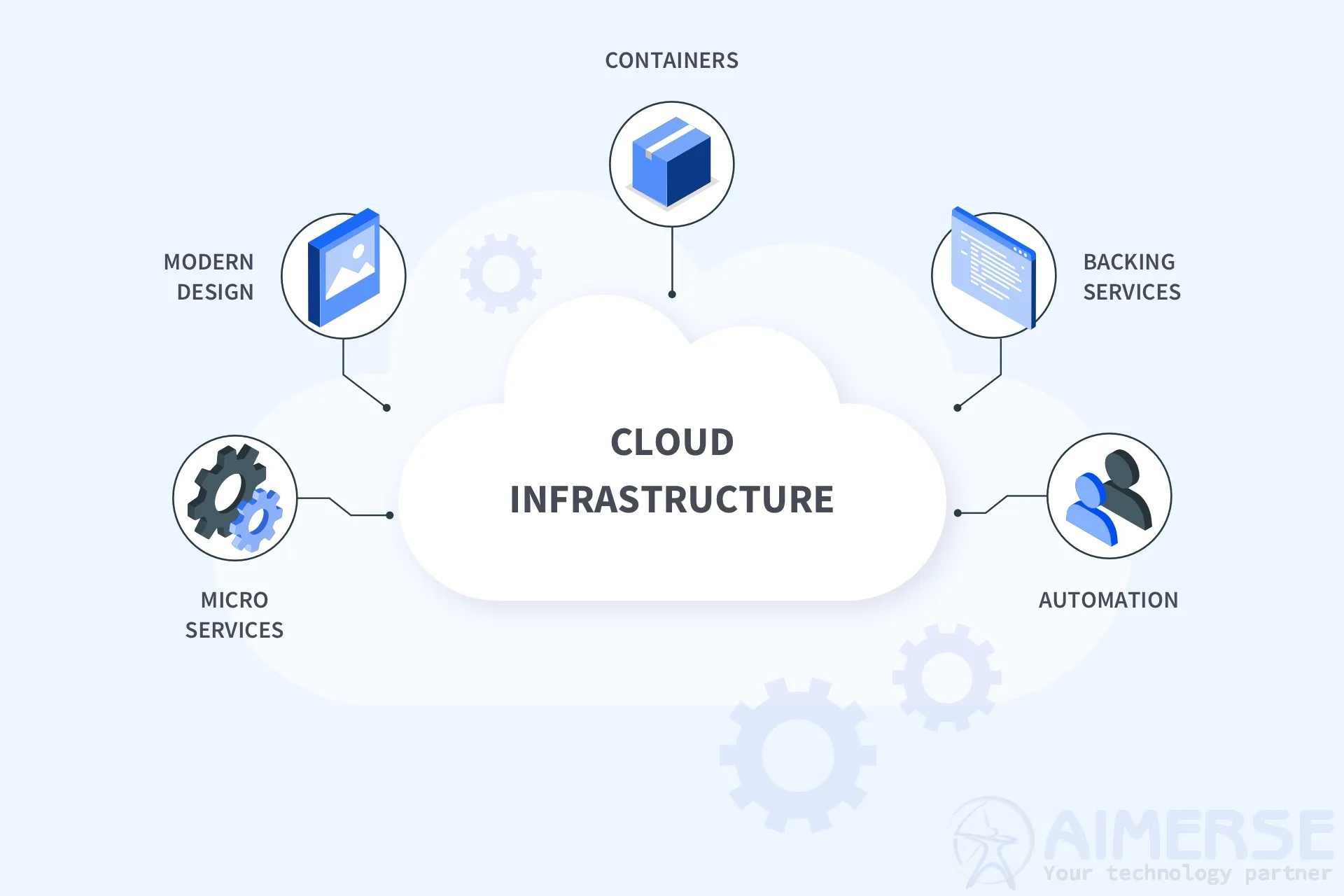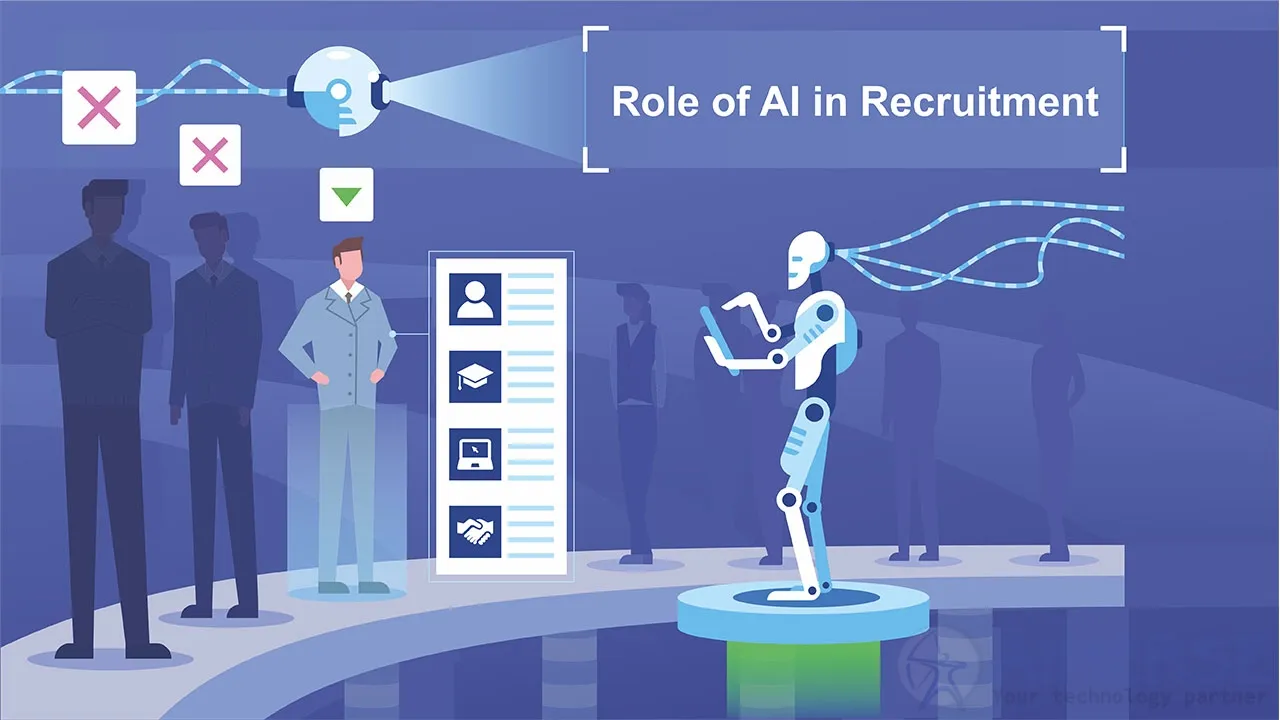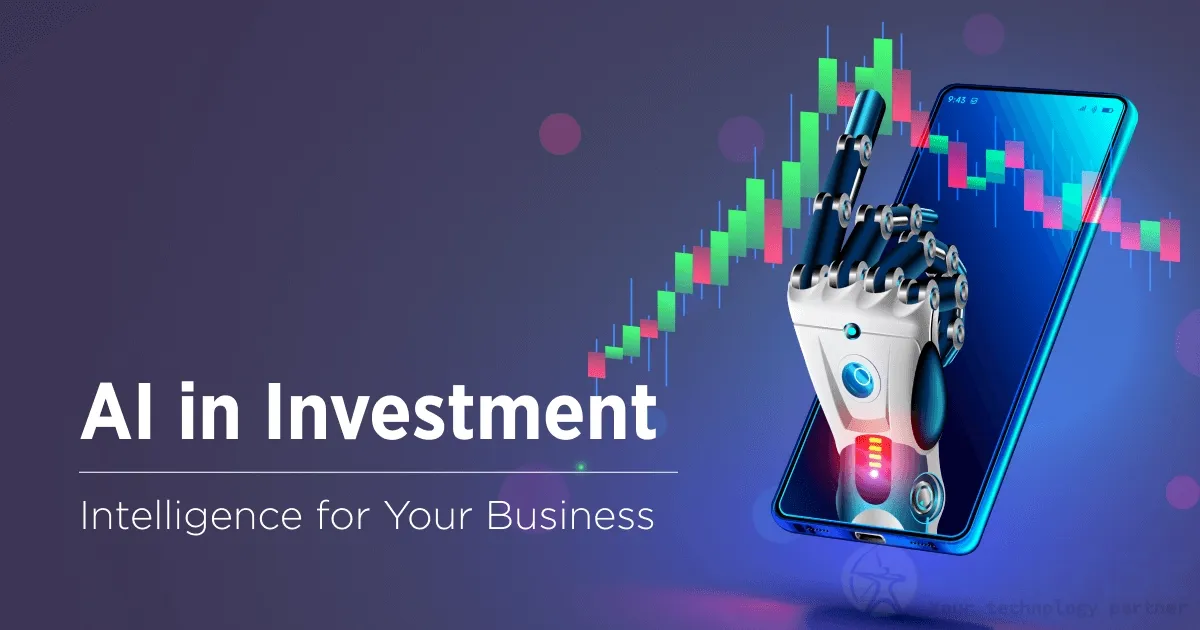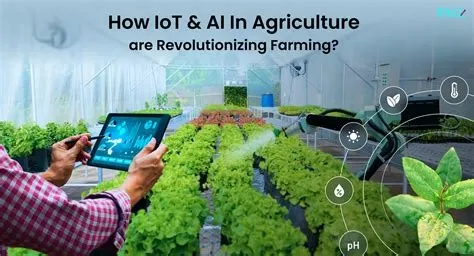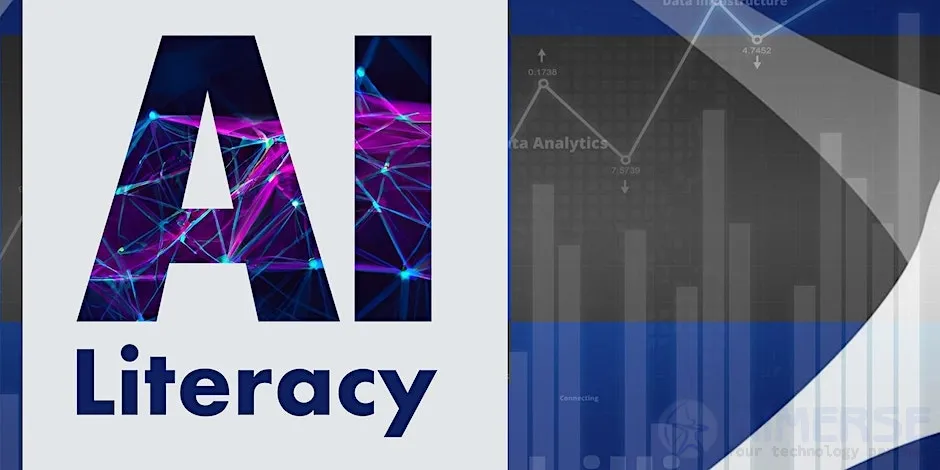Cloud-Native Applications: Building for the Future
In the ever-changing digital environment, firms are always on the lookout to expand scalability, robustness, and agility. It is with the advent of cloud-native applications that a holistic change in software design and delivery in the way the benefits of cloud computing are entirely exploited can be achieved.
Cloud-Native Applications: Definition
Cloud-native applications are built to run within the cloud environment. They have microservices architecture, containerization, and practice DevOps, all for reasons of scalability, flexibility, and resilience. There is a distinct difference in how a cloud-native app is built compared to other traditional monolithic applications because independent, loosely coupled services make up a cloud-native app, which allows them to be developed, deployed, and scaled independently.
Benefits of Cloud-Native Applications
- Scalability: This microservices architecture allows each component to scale independently so that there will be optimal utilization of resources and performance.
- Resilience: Isolated services ensure that failures in one component do not cascade, thereby enhancing the ultimate reliability of the application.
- Agility: Continuous integration and deployment practices enable rapid development cycles, which allow businesses to respond to market changes quickly.
- Operational Cost Savings: There is optimum resource utilization and the ability to scale on demand.
Implement Cloud-Native Strategies
In the adoption of a cloud-native approach, the following are some of the key strategies involved:
- Microservices Architecture: breaking applications into smaller, manageable services that can be developed and maintained independently.
- Containerization: This includes the use of containers in order to pack services so that they remain consistent across different environments and make their deployment easy.
- DevOps Practices: Encourage a culture of collaboration by integrating development and operations, continuous integration, and continuous deployment.
-
Automation: Implement automated testing, deployment, and scaling processes for efficiency and avoid human errors.
Future Outlook
The future for cloud-native applications seems promising as more and more companies move toward adopting serverless computing, integrating AI, and designing with security and compliance from the ground up. All of this is set to further the potential and the advantages of cloud-native development.
Aimerse Technologies develops custom-fit software solutions. Our technology skills include React.js, Node.js, Python Django, Laravel, and Java Spring Boot. Cloud-native development supports large-scale applications built with scalability, resilience, and agility but also positions you to head toward business success in the future.
